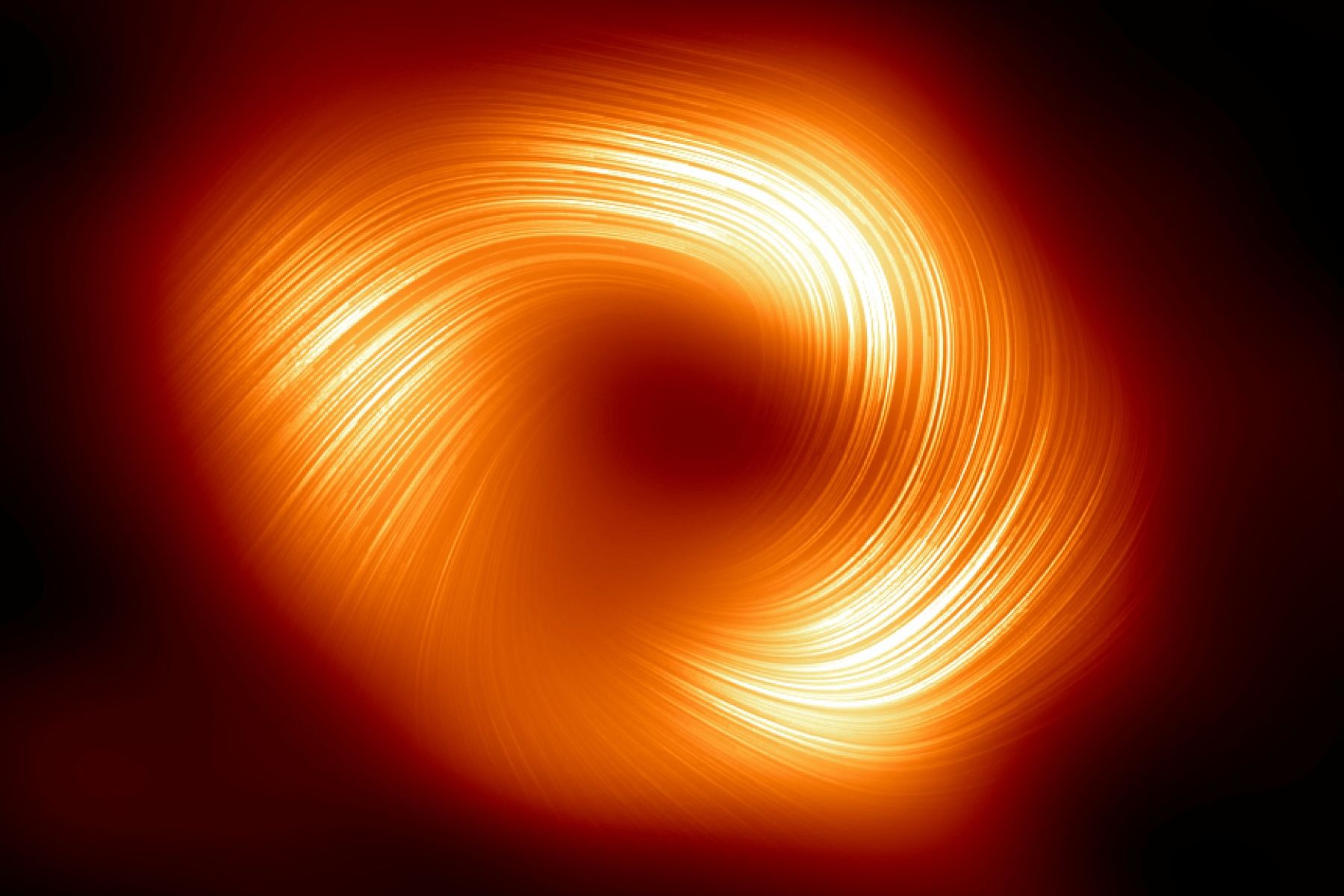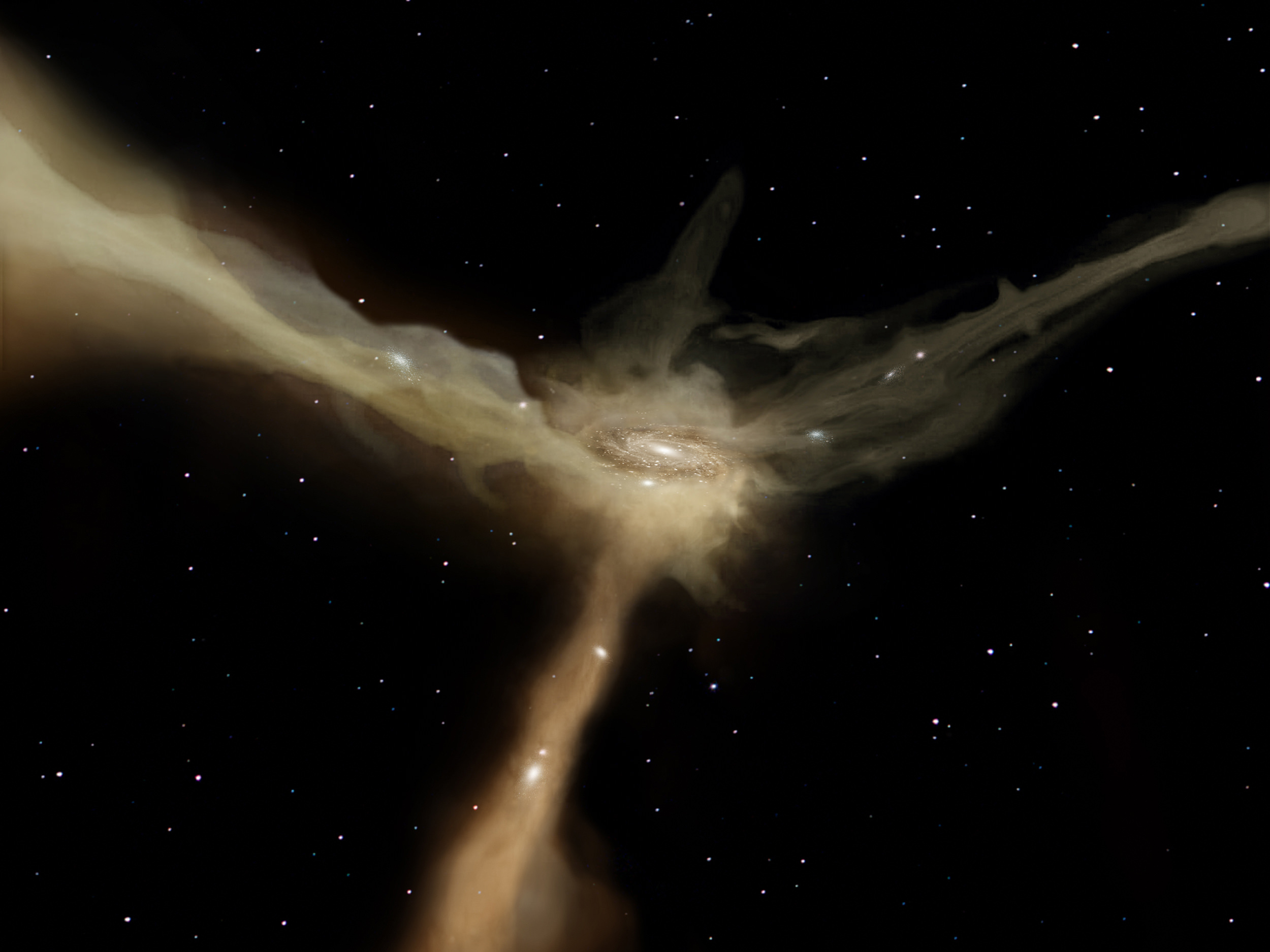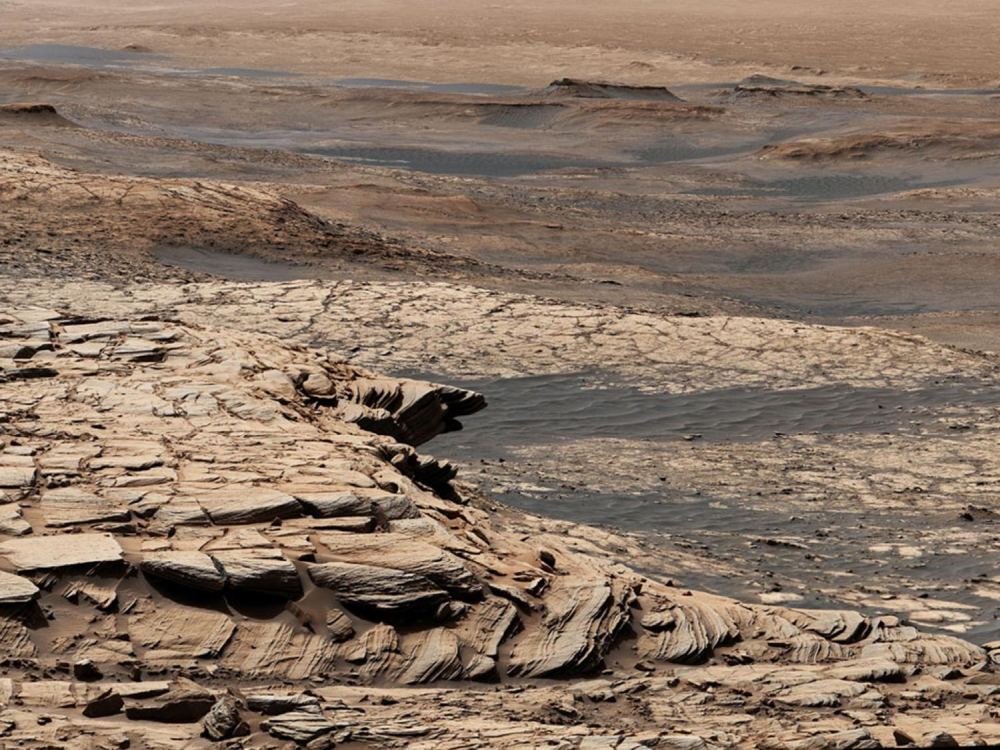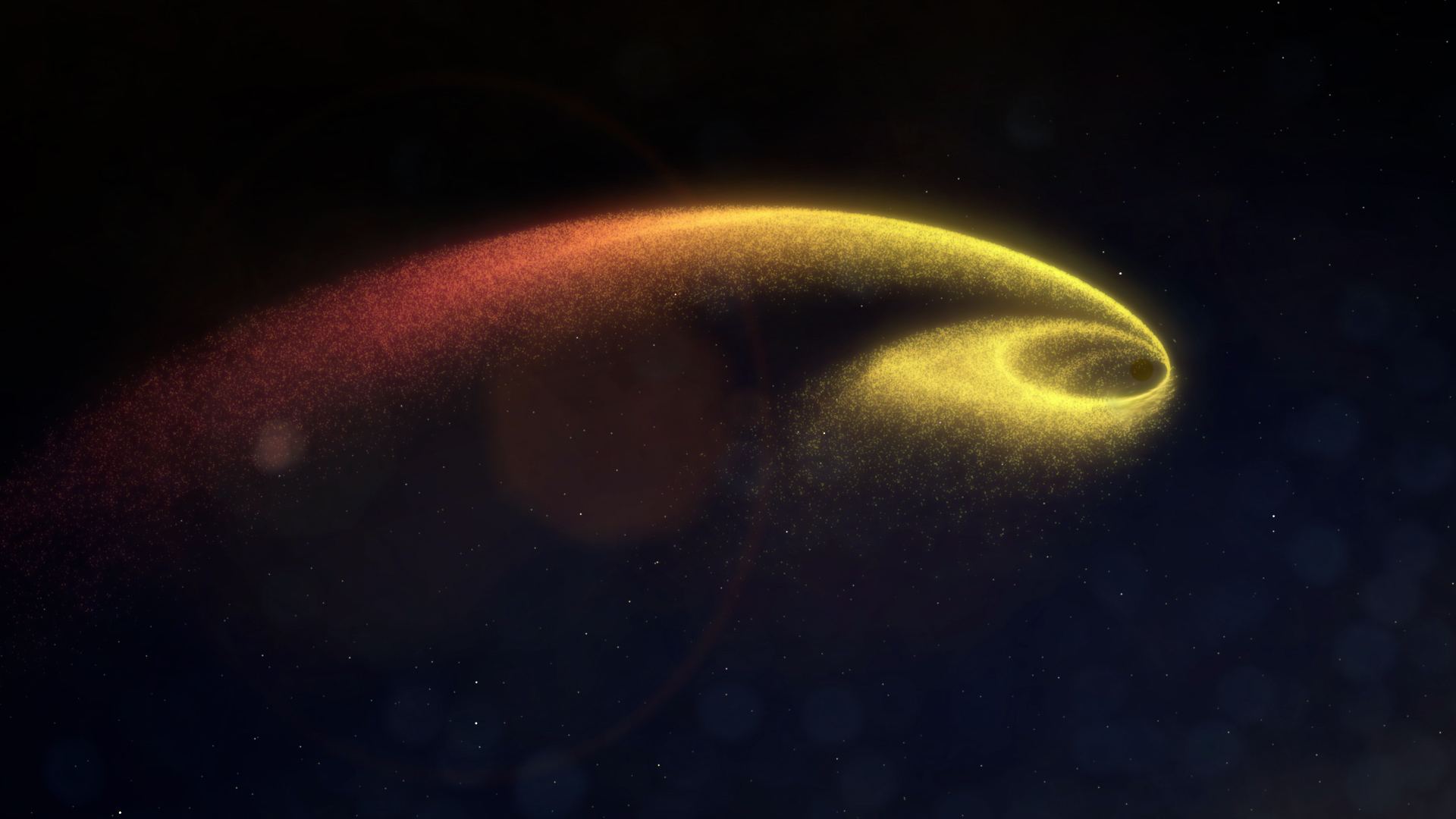It seems that we are completely alone in the universe. But simple reasoning suggests that there should be an abundance of alien civilizations. Maybe they’re all out there, but they are keeping their distance. Welcome to the zoo (hypothesis).
Continue reading “What is the Zoo Hypothesis?”Axion Dark Matter May Make Spacetime Ring

Dark matter made out of axions may have the power to make space-time ring like a bell, but only if it is able to steal energy from black holes, according to new research.
Continue reading “Axion Dark Matter May Make Spacetime Ring”The Early Universe May Have Had Giant Batteries of Dust
The largest magnetic fields in the universe may have found themselves charged up when the first stars began to shine, according to new research.
Continue reading “The Early Universe May Have Had Giant Batteries of Dust”Here’s How to Weigh Gigantic Filaments of Dark Matter

How do you weigh one of the largest objects in the entire universe? Very carefully, according to new research.
Continue reading “Here’s How to Weigh Gigantic Filaments of Dark Matter”Sun-Like Stars Around Black Holes: What Gives?
Buried in the treasure trove of the Gaia catalog were two strange black hole systems. These were black holes orbiting sun-like stars, a situation that astronomers long thought impossible. Recently a team has proposed a mechanism for creating these kinds of oddballs.
Continue reading “Sun-Like Stars Around Black Holes: What Gives?”The Biggest Black Holes May Start From The Tiniest Seeds
The existence of gigantic black holes in the very early universe challenges our assumptions of how black holes form and grow. New research suggests that these monsters may have found their origins in the earliest epochs of the Big Bang.
Continue reading “The Biggest Black Holes May Start From The Tiniest Seeds”What’s Behind the Martian Methane Mystery?

The seasonal variations of methane in the Martian atmosphere is an intriguing clue that there might be life hiding under the surface of the red planet. But we won’t know for sure until we go digging for it.
Continue reading “What’s Behind the Martian Methane Mystery?”Space Tourism: The Good, The Bad, The Meh

Space tourism here is here to stay, and will likely remain a permanent fixture of near-Earth activities for the foreseeable future. But is it worth it?
Continue reading “Space Tourism: The Good, The Bad, The Meh”Yes, Virginia, The Universe is Still Making Galaxies

Despite the fact that our universe is old, cold, and well past its prime, it’s not done making new galaxies yet.
Continue reading “Yes, Virginia, The Universe is Still Making Galaxies”The Hardest Bias in Astronomy

A nasty sort of bias called Malmquist bias affects almost every astronomical survey, and the only solution is to…keep doing surveys.
Continue reading “The Hardest Bias in Astronomy”



